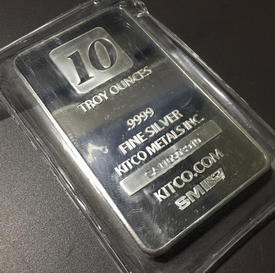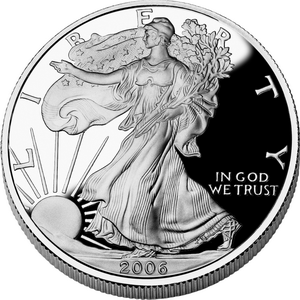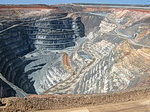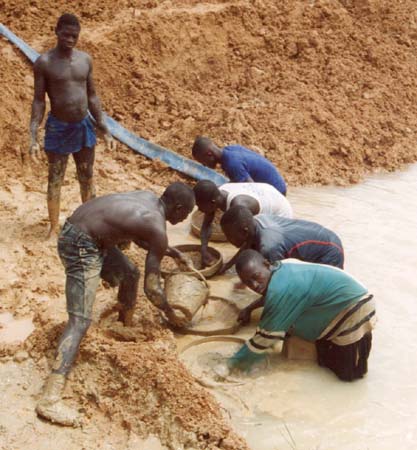
Photo by Epitavi – yayimages.com
Topaz is a silicate based mineral that occurs in different colors and shapes. It is usually formed in Pneumatolytic actions under the earth’s surface when gases pass over hot magma. According to a research conducted by the University of California, Berkeley, during the final stages of solidification of igneous rocks such as pegmatite and rhyolite, the fluorine-rich vapors convert into crystals to take the form of topaz.
Cavities and fracture of igneous rocks are the usual sites of topaz formation and eventual extraction. The secondary deposits of topaz can be found in pebble sediments of streams with their origin in these igneous rocks.
Properties of Topaz
Topaz is one of the hardest known mineral stones. It possesses a hardness of 8 on the Mohs Hardness scale. Only diamond, chrysoberyl and corundum are harder than topaz given this criterion of hardness.
Most of the naturally occurring topaz stones are colorless or possess a milky tinge. Rare ones can be found with shades of orange, pink, red, blue and purple. These rare topazes are the ones used for ornamental purposes.
Topaz is fragile and easy to break. This contrasts sharply against the reading it takes on Mohs Hardness scale. The reason behind their fragility is a distinct basal cleavage that slices perpendicularly to the long axis of the crystal. The long axis of topaz is formed when it is grown unhindered in nature to take the shape of orthorhombic crystals.
Origin of the Name
There are two popular theories regarding the origin of the name ‘Topaz’. Many historians believe that the name comes from a Greek island in the Red Sea called Topazios. The interesting fact about this name origin is that, the island never produced topaz. Deposits of peridots, which were extracted from the island, were mistaken for topaz before the development of the subject of modern mineralogy. Another popular theory associates the origin of the stone’s name with Sanskrit word of topas or tapaz, meaning ‘fire’.
Historical Significance of Topaz
The ancient Greeks were of the thought that wearing topaz offered strength. They believe that topaz could make soldiers invisible to enemies. During the age of Renaissance, Europeans firmly believed that topaz could be used to dispel magic spells. They were also used for the purpose of anger management. In India, it is worn as a part of a necklace to bring health and intelligence to the wearer. Romans considered topaz therapeutic for failing eyesight. They used to put topaz stones on closed eyelids as treatment.
Uses of Topaz
Topaz with yellowish color display has been used for thousands of years as a gemstone. Few hundred years ago, it was realized that natural topaz can occur in a wide range of colors. As a gemstone, it has several uses.
Birthstone of November Babies
Other than citrine, yellow topaz is also the birthstone of those born in November. Wearing this birthstone is said to have many positive effects on the wearer. It can increase the capacity of the person to accept feelings of affection and reciprocate it.
Used for Positive Crystal Energy
There is an alternative school of thought that believes that crystals can emit energies with their particular effect on human beings. There are many supposed benefits of the crystal energy of topaz. For instance, it can be used to alleviate pains associated with arthritis and rheumatism. It is supposed to improve the functions of the endocrine glands. Topaz energy is also beneficial for eyes; it can ease eye strain, and improve eyesight.
Topaz as an Abrasive Material
Topaz naturally occurs in many shapes, colors and qualities. Lower grade topaz can be used as an abrasive in many industries and products. For instance, it is used in the making of scouring pads and knife sharpeners due to its abrasive qualities.
Treated Topaz Stones
Since colorful topaz stones are very rare in nature, colorless specimens are also subjected to different treatments to bring a desired color shade. They are subjected to heating and coating of metallic oxides on their surface. Different metallic oxides are used to produce different colors. These treated topaz stones are used to make different jewelry items.


 Silver is often overlooked and overshadowed by the yellow glistening of gold. It seems as if this mineral (considered a mineral when in its native form) plays second fiddle to its more precious cousin. However, this doesn’t change many distinctive facts about this shiny metal. In this article, we will try to discuss a different aspect of this valuable and noble mineral.
Silver is often overlooked and overshadowed by the yellow glistening of gold. It seems as if this mineral (considered a mineral when in its native form) plays second fiddle to its more precious cousin. However, this doesn’t change many distinctive facts about this shiny metal. In this article, we will try to discuss a different aspect of this valuable and noble mineral.







